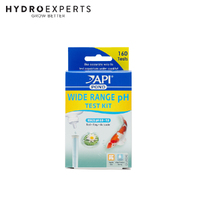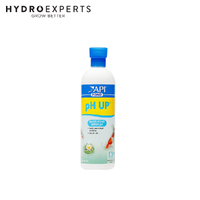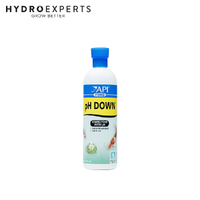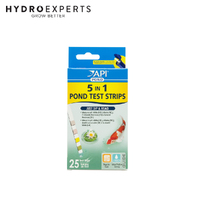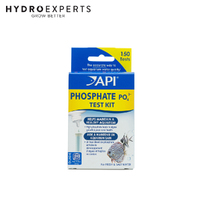API Nitrate Test Kit - 90 Tests | For Fresh & Saltwater
IN STOCK
FREE SHIPPING OVER $499*
Pick up at store Free
Delivery Options:
If cart total is less than $499*
Freight applies
If cart total is $499* & above
Free
*excluding bulky items
International shipping
Click hereSECURE PAYMENTS WITH

BUY NOW, PAY LATER
Pay in 4, interest-free. Afterpay it.

ZIP NOW, PAY LATER
Repay on a convenient weekly, fortnightly or monthly schedule.

ENJOY NOW, PAY LATER





Maintain Pristine Water Quality with API Nitrate Test Kit - 90 Tests
Ensure Healthy Aquarium Conditions
API Nitrate Test Kit is your essential tool for maintaining a healthy aquarium environment. This section highlights the importance of monitoring nitrate levels for the well-being of your fish and invertebrates.
- Detect and address high nitrate levels promptly.
- Improve water quality and reduce algae growth.
- Ensure a thriving, vibrant aquatic ecosystem.
- Promote the health of your fish and invertebrates.
Precise Nitrate Measurement
API Nitrate Test Kit provides accurate nitrate measurement from 0 to 160 ppm. This section emphasizes the precision of the kit in monitoring nitrate levels.
- Monitor nitrate levels with confidence.
- Suitable for both fresh and saltwater aquariums.
- Ensure optimal conditions in any aquatic setting.
- Trust in the reliability of API Nitrate Test Kit.
Comprehensive Testing Solution
API Nitrate Test Kit offers a complete testing solution. This section highlights the kit's inclusiveness.
- Contains 90 tests for extended monitoring.
- Kit includes 2 test solutions, test tube, and color chart.
- Easy-to-read instructions for hassle-free testing.
- Achieve pristine water quality with API Nitrate Test Kit.
In The Box
- [1] x API Nitrate Test Kit - 90 Tests | For Fresh & Saltwater
Q: Are high nitrate levels harmful to fish?
A: High nitrate is harmful to fish, but it is significantly less toxic than ammonia or nitrite. Effects of high nitrate levels are more gradual if parameters go untreated – fish will eventually lose their appetite and grow sluggish and inactive over time. High nitrate also contributes to rapid algae blooms in aquariums.
Q: How often should I use API NITRATE TEST KIT?
A: Use API NITRATE TEST KIT weekly or bi-weekly to ensure your nitrate levels are safe for fish, or whenever you suspect you may have high nitrate levels in your tank.
Q: How do I care for and clean my test tubes?
A: Once the test has been completed, it is important to rinse the test tube with water right away so that the contents don't stay in the test tube. This will make sure that the reagents don't cause anything to stick to the sides of the test tube, which could cause staining over time. Simply run the water, open the test tube gently (do not twist the cap), and allow the water to dilute and rinse the contents out of the test tube. Avoid getting the contents of the test tube on your skin. If you find that you have forgotten reagent within your test tube for a long period and the color is sticking to the tube, you are able to use a small bottle brush (and some API Safe & Easy cleaning spray) to gently wash the inside of the tube. Avoid the use of soap, as soap residue could be introduced back into the aquarium when filling the test tube at the next use, which is something that could be harmful to your fish. Replacement test tubes are also available for purchase from online retailers, should you need additional test tubes.
Q: How hard do I shake the test tube when performing the tests?
A: While it is important to shake the indicated reagent bottles very vigorously, you should be gentler when shaking the test tubes during testing. Before shaking, make sure that the cap is closed tight. Place a finger or thumb on top of the cap to make sure it cannot come undone during use. The goal of this shaking step is to mix the contents of the tube together, and this can be accomplished by simply inverting the test tube, back and forth every 1-2 seconds, for the indicated amount of time.

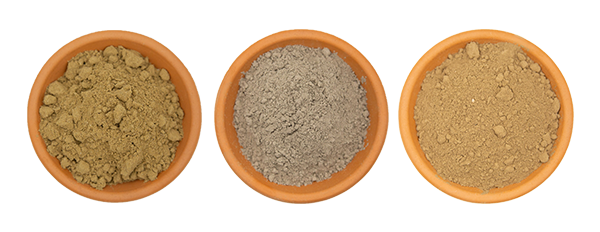

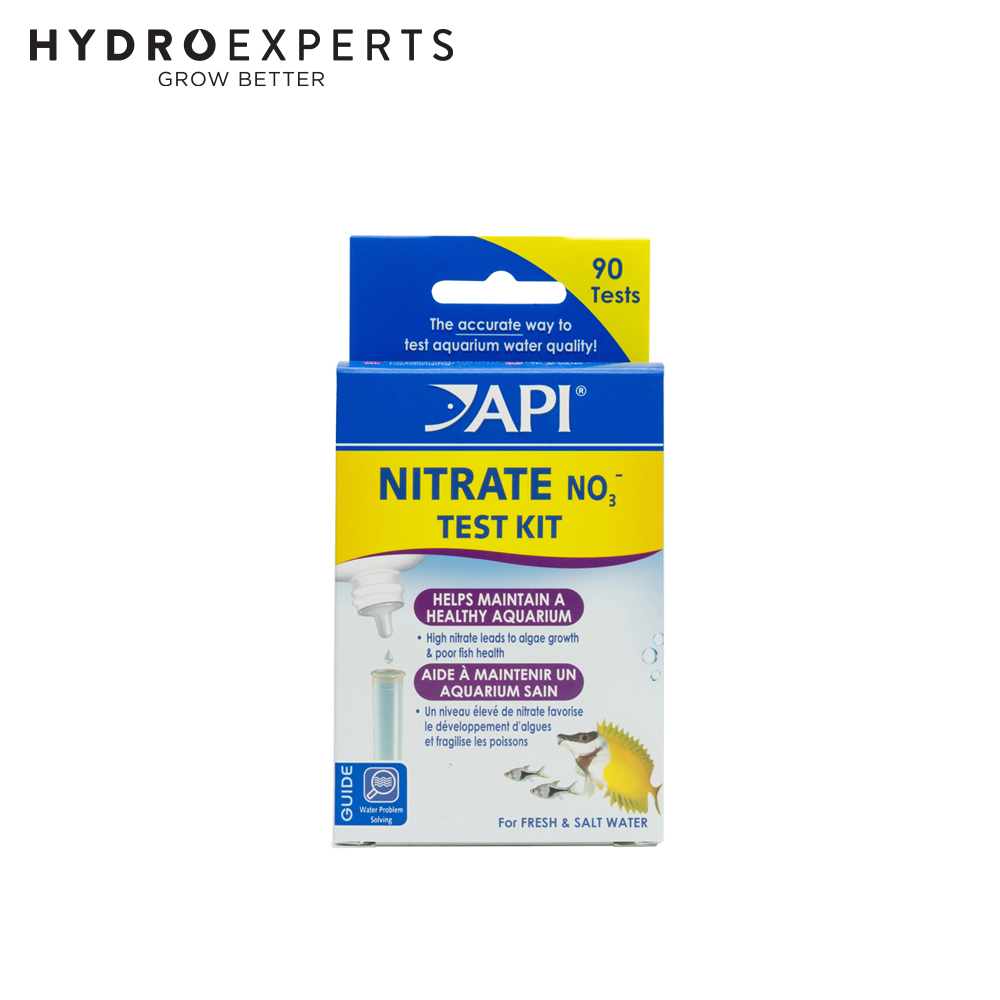




 Calculate shipping
Calculate shipping

